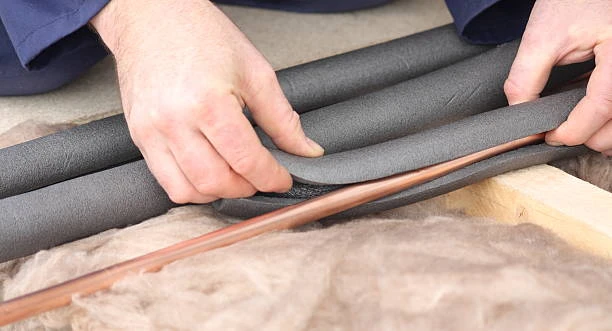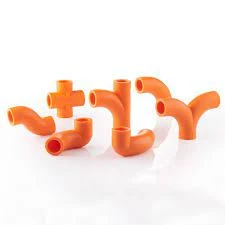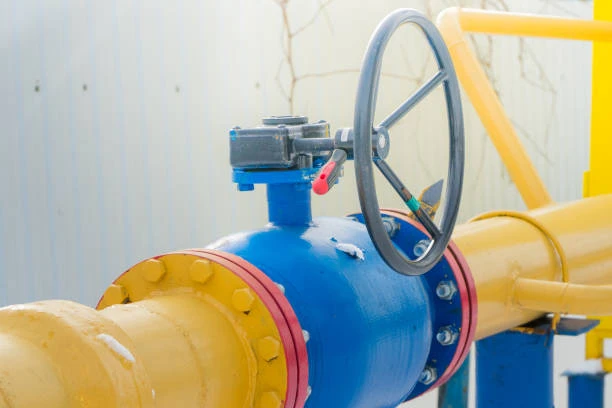As we approach the end of the fiscal year, analysts and industry experts are keenly important on the performance of various segments within the building materials sector. Among these, pipes have emerged as a standout category, expected to outperform other building-material segments in Q4. In this article, we will explore the factors driving the strong performance of the pipes segment, the market dynamics at play, and what this means for businesses and investors alike.

Understanding the Pipes Market
What Are Pipes?
Pipes are essential components in construction, plumbing, and industrial applications. They are useful to transport liquids and gases, and their durability and reliability are critical for a wide range of projects. Common materials used in pipe manufacturing include PVC, CPVC, polyethylene, and metal.
Key Segments of the Pipes Market
The pipes market can be divided into several segments, including:
- Residential Plumbing: Pipes used in home construction and renovations.
- Commercial Applications: Pipes used in office buildings, shopping centers, and other commercial properties.
- Industrial Applications: Pipes utilized in manufacturing, chemical processing, and oil and gas industries.
Factors Driving Performance
1. Increased Construction Activity
One of the primary drivers behind the strong performance of the pipes segment is the uptick in construction activity. As cities continue to grow and infrastructure projects expand, the demand for pipes is surging. Government investments in public infrastructure, including roads, bridges, and utilities, are fueling this growth.
2. Sustainability Trends
As environmental concerns gain traction, the construction industry is increasingly turning to sustainable materials. Pipe made from recyclable materials, such as PVC and other plastics, are becoming more popular. This shift not only meets consumer demand for eco-friendly products but also aligns with regulatory pressures for greener building practices.
3. Technological Advancements
Innovations in pipe manufacturing processes and materials are also contributing to the positive outlook for the pipes segment. Advanced manufacturing techniques, such as automation and smart technology, have improved efficiency and reduced production costs. This enables companies to offer high-quality products at competitive prices.
4. Increased Investment in Water Infrastructure
Water scarcity and the need for reliable water supply systems are critical issues globally. Governments and private entities are investing heavily in water infrastructure projects, including pipelines for transportation and distribution. This trend is set to drive significant demand for pipes in the coming quarters.
Market Dynamics
1. Competitive Landscape
The pipe market is essential by intense competition, with numerous players vying for market share. Major manufacturers are investing in research and development to create innovative products that meet changing consumer demands. Collaborations and partnerships are also on the rise as companies look to enhance their product offerings.
2. Supply Chain Considerations
The ongoing challenges in global supply chains, exacerbated by the COVID-19 pandemic, have affected many industries, including pipes. However, the resilient demand for pipe has led manufacturers to adapt and optimize their supply chains. This has included diversifying suppliers and enhancing inventory management practices to ensure product availability.
Outlook for Q4
1. Sales Projections
Analysts project that the pipe segment will experience robust sales growth in Q4, driven by the factors discussed. As construction projects ramp up and water infrastructure investments continue, manufacturers are important to benefit from increased orders and contract wins.
2. Impact on Financial Performance
For companies operating in the pipe market, strong demand is likely to translate into improved financial performance. Higher sales volumes and efficient production processes may lead to enhanced profit margins. Investors are keeping a close eye on earnings reports, anticipating positive results from leading pipe manufacturers.
Conclusion
The Q4 outlook for the pipes segment in the building materials industry is exceptionally positive. With increased construction activity, sustainability trends, technological advancements, and significant investments in water infrastructure, pipes are set to outperform other building-material segments. As we move into the new year, businesses and investors should closely monitor this dynamic market for potential growth opportunities.
FAQs
1. What are the primary applications of pipe?
Pipes are useful in residential plumbing, commercial construction, and various industrial applications, including manufacturing and chemical processing.
2. Why is the pipe segment expected to outperform other building-material segments?
The strong performance is driven by increased construction activity, sustainability trends, technological advancements, and investments in water infrastructure.
3. What materials are commonly useful in pipe manufacturing?
Common materials include PVC, CPVC, polyethylene, and metal.
4. How are technological advancements impacting the pipe market?
Innovations in manufacturing processes and materials are improving efficiency, reducing costs, and allowing companies to offer high-quality products at competitive prices.
5. What is the outlook for the pipe market in Q4?
Analysts expect robust sales growth and improved financial performance for companies in the pipes segment due to strong demand and favorable market conditions.


















